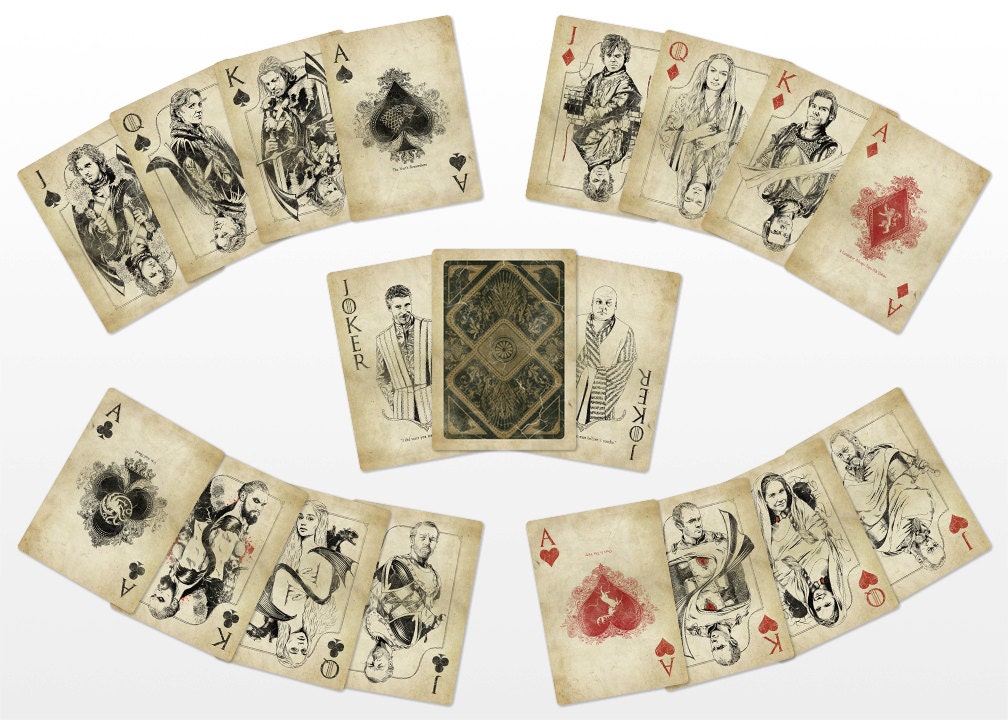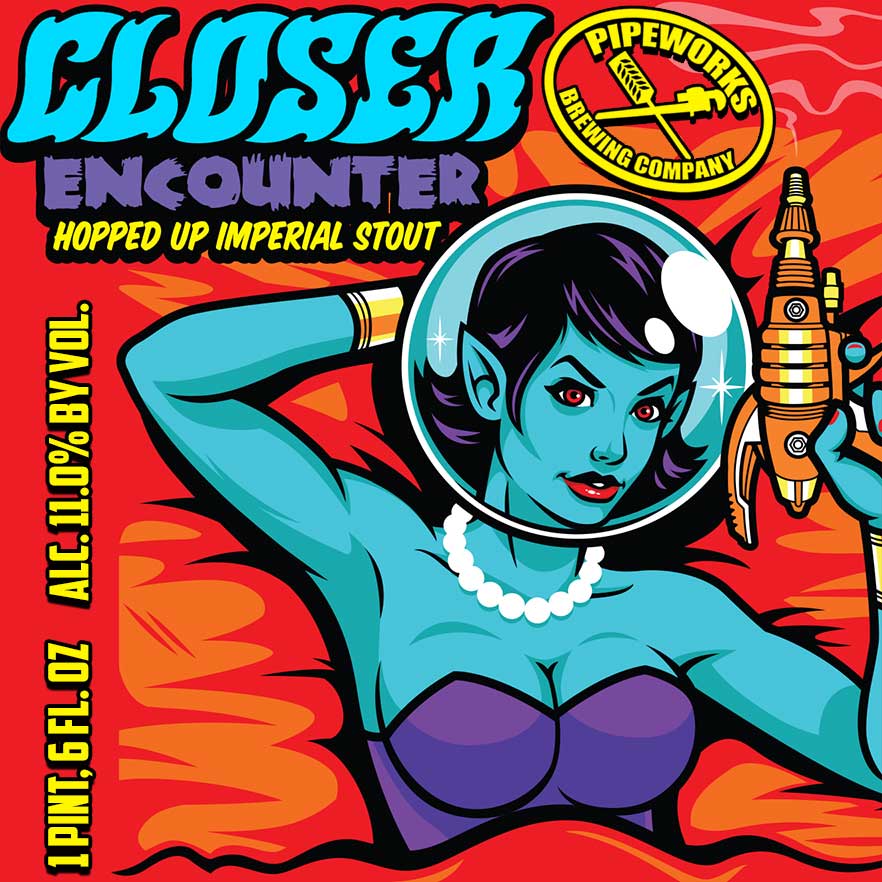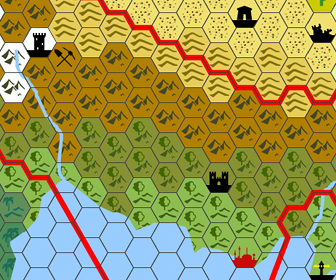How much time it takes to travel one move point?
Move points don't work that way. It is an abstraction that does not really take time into consideration. Think of move points as a combination of effort and skill in travel. People who are less suited for travel will have more trouble travelling the same path than a seasoned explorer does. Novices will get tired faster and they will get lost more often. So in general, it will take a character who receives 5 move points, twice as long to travel the same distance than a character who receives 10 move points. If you want an actual time required to travel one move point for for your character/party divide 8 hours by the amount of move points. So an average character with a Pace of 6 would spend around 1h 20min to travel one move point. I would advise you against translating everything into hours and minutes however. The system is abstracted and move points include things like stops for food and drink and getting lost and backtracking during travel and short encounters. If you spend 4h inside a hex doing normal "RPG adventuring" you don't loose any move points automatically. You are still able to travel as much, but now you risk travelling at night, as you wasted daytime.
What move points do I get if I use different means of travel on the same day?
The system assumes that you will always use the fastest means of travel for the bulk of your journey. If you have a horse, you will ride it. If you have a car, you will drive it. But stuff happens. Horses might die and cars can run out of gas. There can also be terrain that does not allow different means of transport. A horse cannot climb a steep mountain and a car can't drive through a river. If you have to change means of travel your GM will need to do some math. Calculate roughly how many percent of your move points you have used. So if you spent 8 points while on a horse, you have spent 80% of your daily travel time. Take the remaining percentage and translate it to move points based on your new Pace. So if your horse died after 8 move points and you have to travel by foot you have (Pace x 100-80%, so 6x0.2) 1.2 move points left. Any fractions are rounded down as changing means of transport takes time - taking your equipment down etc. You are NOT getting a fresh set of move points based on your Pace (so 6 for Pace of 6) because the characters are already tired from the journey. Even riding in a car will tire you out. The same happens if you find a horse or a car in the midst of the day. You translate the remaining percentage. Your character is already tired from travelling this day.
What happens if I get Encumbered or Wounded?
If during your travels there is a negative change to character's Pace (Wounds, Tiredness and Encumbrance all affect Pace) and because of it you become the slowest in the party, the group automatically looses movement points. The amount you loose is equal to the difference between the original party Pace and the Pace of the character who just got Wounded, Tired or what have you. So if your party Pace was 5 and a character with Pace of 6 got two Wounds and got encumbered (making its new Pace 3), they loose (5-(6-3)=) 2 move points. This is why it is a better idea to setup a camp for the rest of the day to rest and heal before continuing the journey.Why would I explore a Hex?
As mentioned in Part 1, you can spend a move point to explore a hex, but it is not explain what benefits does it give you. Exploring a hex makes the GM draw another card to check for Events. It lets the players seek more adventure, no Notice test, just card draw. Exploring is also used when trying to find something inside the hex if you don't know exactly where it is. GM might ask you to explore the hex and test Notice or you can explore it until a good event card shows up. So if you know that there is a small keep inside the hex, but don't know exactly where, you need to explore it, plain and simple. In metagaming it also adds to variety - you will add more entries to your notebook for that hex, which will make the world seem more alive.Where am I inside the hex?
Short answer - doesn't matter. The system is abstract, it only matters that you are somewhere inside that six mile radius. Rest of it is not on the map, but in the minds of the GM and players. If you need some concrete info, you can travel to the middle of the hex by spending half of the point cost for the terrain type (so 2 for swamp or 1 for plains) and traverse it by paying all of it. If you enter a hex but don't have enough points to exit, or even a middle, just narrate where you are.Use your imagination ;)Those are all the questions that come to mind. If you have any more, feel free to ask them in comments and I will answer them here. I will eventually add some more GM advice and combine the hexcrawl info into a pdf.










